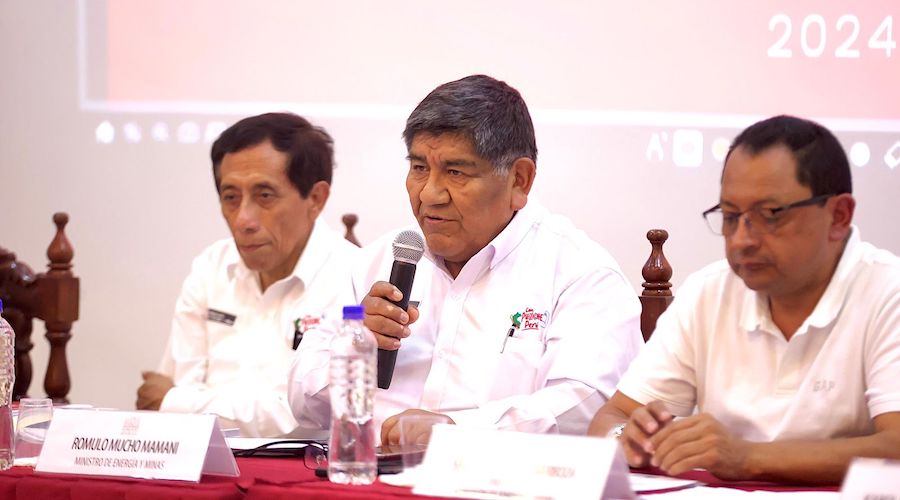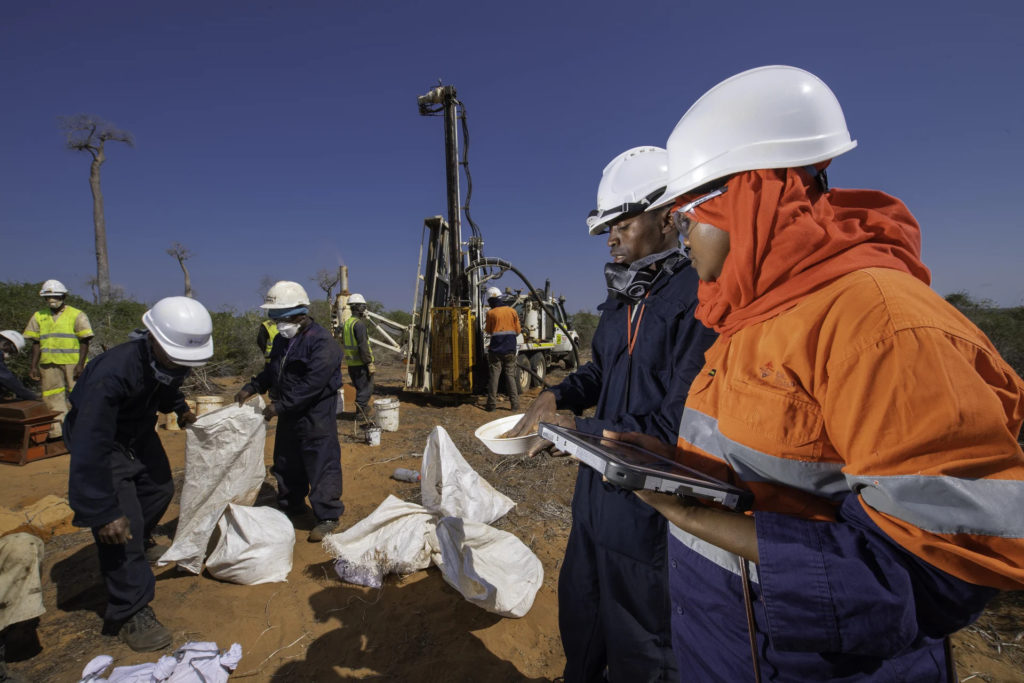Big oil is investing heavily in petrochemicals as a long-term hedge against an uncertain future for fossil fuels.
The International Energy Agency has reported that 90% of China’s increased oil demand from 2021 to 2024 comes from chemical feedstocks like LPG, ethane, and naphtha.
Both U.S. oil majors and Middle East oil companies are increasing their bets on petrochemicals.
Back in September, we reported that Abu Dhabi National Oil Co (ADNOC) signaled a willingness to raise its informal offer to 60 euros per share for a valuation of $12.6 billion for German plastics and chemicals maker Covestro. The latest offer would represent a premium of nearly 30% to Covestro's share price. ADNOC last raised its informal offer to 57 euros per share in July, although no final decision has yet been made.
ADNOC is going on a real M&A spree: Abu Dhabi’s national oil company is also looking to acquire Austria's integrated energy company OMV (OTCPK:OMVJF) in a potential merger of the two companies that could form an entity worth $30 billion.
At first glance, one deal makes plenty of sense while the other looks like a bummer. Last week, OMV announced a major natural gas discovery in the Norwegian Sea.
In a statement released on Friday, OMV said it had found preliminary estimated total recoverable natural gas volumes of up to 140 million barrels of oil equivalent (boe) after completing a drilling operation in the Norwegian Sea targeting its Haydn/Monn exploration prospects. The deepwater prospect is located 300 km west of the Norwegian mainland at a water depth of 1,064m.
Morgan Stanely recently predicted that natural gas markets are poised to enter a new cycle of demand growth thanks to surging LNG exports and rising electricity demand. Natural gas is currently enjoying a strong rally with prices jumping nearly 30% over the past two weeks on expectations of higher demand as production continues to slow down. Meanwhile, colder weather at the end of November is expected to boost heating demand, with European natural gas futures jumped above €48.2 per megawatt-hour on Monday, approaching the one-year high of €48.7 as the outlook of higher demand magnified the impact of uncertain supply.
In sharp contrast, petrochemicals are going through a huge bust cycle. Earlier in August, Covestro reported a 21%Y/Y fall in second quarter revenues to 3.7 billion euros. Covestro is hardly alone, with U.S. oil and gas giants facing a similar fate. Sluggish consumer demand as well as a deluge of new factories coming online over the past few years means petrochemical margins face a protracted downturn. The situation is so dire that Cologne-based Lanxness AG has called it a “Lehman 2” moment for the chemicals industry.
“It’s been a pretty dramatic downturn. With chemicals oversupplied right now, large oil companies will find other areas to invest in,” Joseph Chang, a New York-based analyst at ICIS, has told Bloomberg.
But Big Oil has chosen to play the long game here, and these companies are investing heavily in petrochemicals as a long-term hedge against an uncertain future for fossil fuels. Petrochemicals, which go into plastics, polyester and many other cheap and lightweight commodities that underpin modern life, could help oil companies stay afloat long after demand for transport fuels has peaked.
A 2023 review of the major oil and gas and chemicals companies found that over the next three years, Exxon Mobil Corp. (NYSE:XOM) plans to invest over $20 billion in expanding plastic production; CPChem will spend $14.5 billion and Dow Inc. (NYSE:DOW) plans to invest USD 10 billion.
A lot of those petrollars are flowing into the Chinese market. According to Ciarán Healy, oil market analyst at the IEA, ~6.7mn bpd, or 6.5 per cent of all global oil use, currently goes to supply China with petrochemicals. The International Energy Agency has reported that 90% of China’s increased oil demand from 2021 to 2024 comes from chemical feedstocks like LPG, ethane, and naphtha. IEA notes that between 2019 and 2024, additional Chinese production capacity for ethylene and propylene will exceed the combined current capacities of Europe, Japan, and South Korea. Between 2018 and 2023, China’s output of synthetic fibers alone rose by 21 million metric tons--enough to spin more than 100 billion T-shirts a year. A new breed of private refiners such as Hengli Petrochemical and Rongsheng Petrochemical has emerged in China whereby they are spending billions of dollars building plants specializing in chemicals, rather than gasoline and diesel.
Ironically, petrochemicals are crucial for the green energy transition, with EVs typically using more thermoplastics, foams, fibers and rubber pads than ICE vehicles. Indeed, U.S. chemical practice leader at Deloitte David Yankovitz has told the Financial Times that EV makers are substituting plastic resins for metal parts to make lighter cars. Yankovitz says that roughly three-quarters of all emissions-reduction technologies require chemicals, most of which are oil-derived. China has met much of that demand through domestic processing of imported crude. But the US shale oil boom has also formed a mutually reinforcing “symbiosis” with growing Chinese demand for petrochemicals. According to ICIS data, between 2019 and 2023, the U.S. was the only major producer to boost its polymer exports into China,
Exxon is currently building a petrochemical complex in southern China’s Guangdong province, as well as expanding its own chemical production at existing facilities on the U.S. Gulf Coast. According to Exxon, the chemical complex will produce performance polymers used in packaging, automotive, agricultural, and consumer products for hygiene and personal care.
“Demand for performance polymers will continue to increase in China, and we’re well positioned to meet the needs of that growing market,” “We look forward to progressing this exciting project as we work to build a competitive growth platform in Dayawan,” said Karen McKee, president of ExxonMobil Chemical Company, at the unveiling of the project in 2021.
Meanwhile, last year, Saudi Aramco acquired a 10% stake in Shenzhen-listed Rongsheng Petrochemical for $3.6bn, and has entered talks to buy a stake in Hengli Petrochemical, a top Chinese producer of chemicals for plastics. Last year, Aramco-owned S-Oil broke ground on a $7bn petrochemical factory in South Korea.
By Alex Kimani for Oilprice.com













